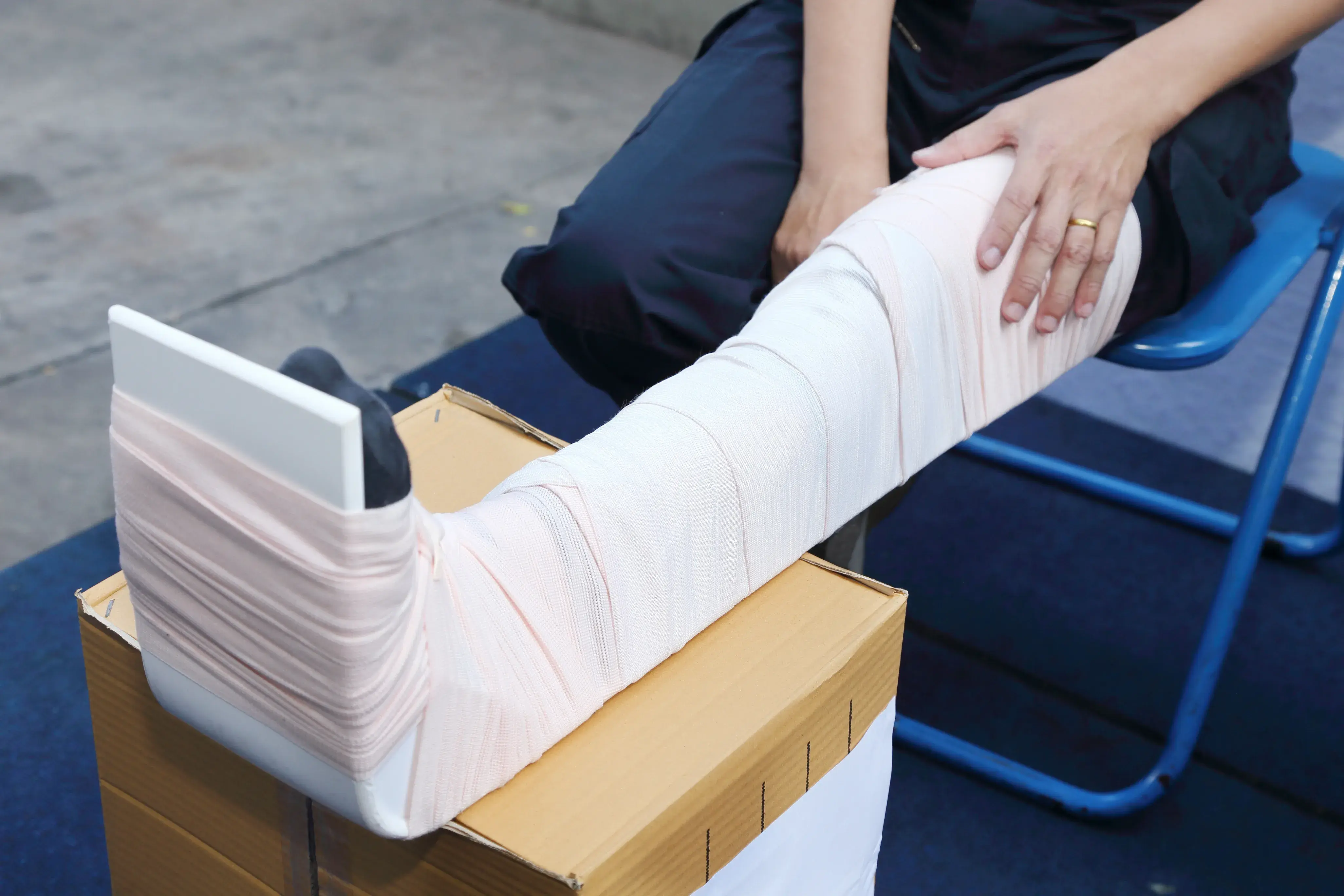Fractured bones are more common than people may think. One misstep could end up in one or more broken bones. It is especially true for the elderly and people with bone density issues. As we get older, bones can become more fragile and brittle. Conversely, some medical conditions can also be the cause.Traumatic events like vehicle or pedestrian accidents are the leading cause of severe fractures and falls. How the person ends up with a broken bone doesn't affect the treatment, as long as the people who take care of it have enough knowledge about fracture management:

- All Fractures Need Medical Attention
- There Are Different Types Of Fractures
- Partial fractures - The bone didn't fully break
- Complete fractures - The bone severed into two or more pieces
- Stable fracture - The ends of the fractured bone lined up and didn't move out of place much
- Displaced fracture - The ends of the bone moved away from each other and may need surgery to correct.
- Prevent Further Bleeding
- Don't Move The Limb Too Much
- Ice Packs Can Help With The Swelling
- Check The Person For Signs Of Shock
- Shortness of breath
- Rapid heartbeat and pulse
- Cold, clammy skin
- Lethargy
- Know When To Call For An Ambulance
- The person is not responding to their name or is not conscious.
- They have severe trouble breathing or no heartbeat.
- Their injured limb seems severely deformed and is excruciatingly painful.
- There are pieces of bone protruding out from the skin.
- A bluish discoloration is noticeable at the end of the limb, like in the fingers or toes.
- If a person possibly has a head or spinal injury, try not to move them and call for help as soon as possible.
Categorized into General Health

Reviewed by







